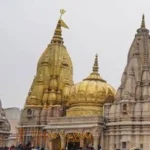Did you know that as per many reports, there are as many as 6.48 lakh temples in India as of 2024? Sure, not all of these Hindu temples are actual pilgrim places or are very important to pilgrims, but there are quite a few that hold significant importance in India’s history and Sanatan Dharma. And sure, these temples are in literally every part of the country, but North India really has some religiously significant Hindu temples that are kinda must visit for every Hindu as well as tourists visiting from foreign countries who crave spiritual experience. That’s the very reason why we are here with this list of top 10 famous temples in North India as of 2024. So, let’s simply get to the list then, shall we?
1. Ram Mandir, Ayodhya, Uttar Pradesh
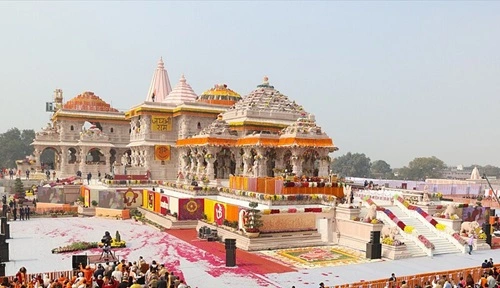
Originally opened on January 22, 2024, the Ram Mandir in Ayodhya has fast become among the most important temples in North India. Dedicated to Lord Ram, this magnificent temple rests on the historically disputed location said to be his birthplace. Attended by super important people including Indian Prime Minister Narendra Modi, the Ram Mandir Inauguration ceremony was a major event marking the end of years of political and legal struggle. Having been built in an ancient Nagara-style building mixed with contemporary structural engineering, the temple covers seventy acres of ground. All in all, built from pink sandstone from Rajasthan, the temple is thought to have a 2,500-year lifespan.
2. Vaishno Devi Temple, Jammu & Kashmir
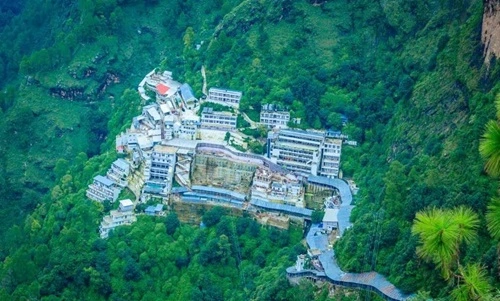
Dedicated to Goddess Vaishno Devi, the 13-kilometer spiritual journey to this hallowed sanctuary begins at Katra. According to legend, the goddess, a Durga incarnation, grants the wishes of her pure-hearted followers. Under the direction of the Shri Mata Vaishno Devi Shrine Board, the temple guarantees orderly facilities along the path, including lodging and medical help, you know? And yes, for individuals who find the journey difficult, helicopter flights from Katra to Sanjichhat offer a handy substitute. This spiritual trip is especially more unforgettable in spring and autumn when the weather is kinda nice.
3. Golden Temple (Harmandir Sahib), Amritsar, Punjab
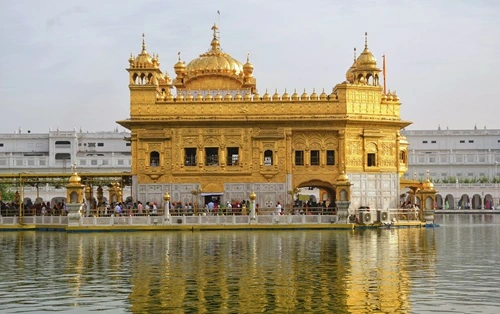
Right in the middle of Amritsar, the Golden Temple, also very famously known as Harmandir Sahib, is the holiest site in Sikhism. Started under Guru Ram Das in 1577, this temple’s construction was finished by Guru Arjan Dev. If you ever visit this temple, just try to experience the calm Amrit Sarovar, the holy pool encircling the temple, and take part in the Guru Ka Langar, which provides free meals to thousands of people every day, so reflecting the Sikh ideas of equality and selfless service, you know?
4. Kedarnath Temple, Uttarakhand
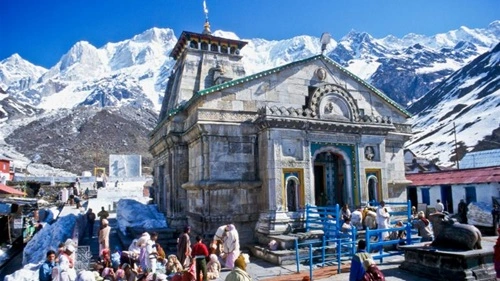
Kedarnath Temple, tucked within the Garhwal Himalayan range, is among the twelve Jyotirlingas honoring Lord Shiva, you know? At 3,583 meters, it provides amazing views and a spiritual experience that you won’t get anywhere else in the world. Legend goes that following the Mahabharata war the Pandavas constructed the shrine to atone for their transgressions. The path to Kedarnath starts at Gaurikund and then winds sixteen kilometers. Sure, helicopter services exist for individuals unable to trek. Visit from May to June and from September to October the ideal periods.
5. Badrinath Temple, Uttarakhand
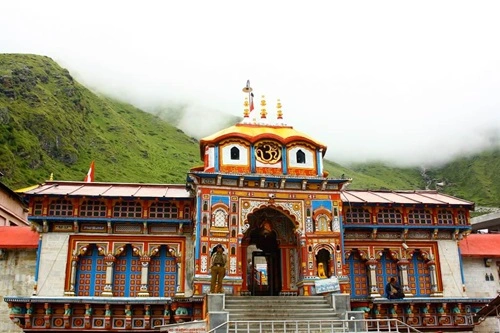
Badrinath Temple, which stands in the Chamoli district at 3,300 meters, honors Lord Vishnu. Surrounded by the Nar and Narayana mountain ranges, this temple (part of the Char Dham pilgrimage) rests on the banks of the Alaknanda River. Thought to have been founded by Adi Shankaracharya in the eighth century, the temple boasts a lofty, gilded dome and a vivid front, which is just amazing and dazzling to look at. The principal temple has a black stone idol of Lord Badrinarayan. Summer and autumn are the finest times to go and visit this temple.
6. Amarnath Cave Temple, Jammu & Kashmir
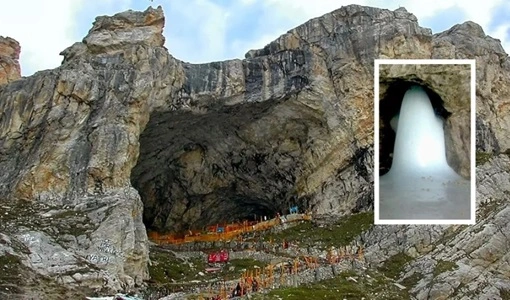
Renowned for its naturally occurring ice lingam, the Amarnath Cave Temple is dedicated to Lord Shiva. At 3,888 meters, this holy site is reachable from Pahalgam or Baltal via a difficult climb, and yes, in India, one of the most spiritually fulfilling treks available to followers is the yearly summer Amarnath Yatra. Legend goes that Buta Malik, a shepherd, found the cave more than 700 years ago. The cave has great spiritual value, and the temple administration guarantees several conveniences along the path of pilgrims.
7. Kashi Vishwanath Temple, Varanasi, Uttar Pradesh
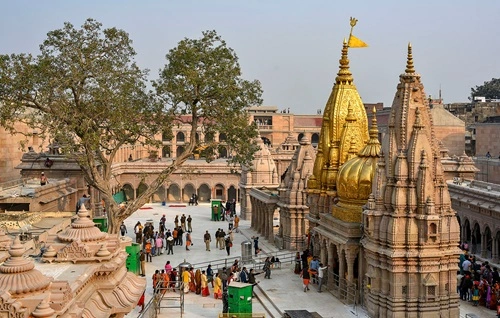
One of the most revered Hindu temples honoring Lord Shiva, the Kashi Vishwanath Temple is situated on the western bank of the Ganges River. Being among the twelve Jyotirlingas, it is quite spiritually important. With Maharani Ahilyabai Holkar building the present temple in 1780, the history of the temple comprises multiple demolishings and restorations. But yes, the latest Kashi Vishwanath Corridor renovation has increased pilgrim experience quality and accessibility.
8. Swaminarayan Akshardham Temple, Delhi
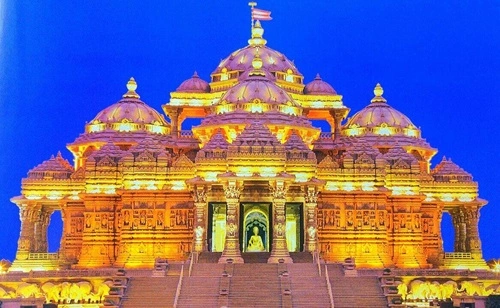
Opening on November 6, 2005, Swaminarayan Akshardham Temple highlights India’s rich legacy by means of thematic gardens, displays, and finely carved sculptures. Attractions teaching guests about Hindu principles and India’s historical history are the Sahajanand Darshan, Neelkanth Darshan, and Sanskruti Darshan.
9. Birla Mandir (Laxmi Narayan Temple), Delhi
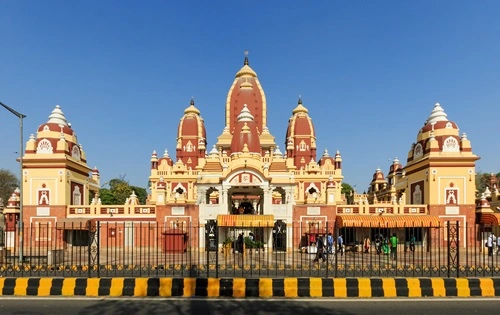
Dedicated to Lord Vishnu and Goddess Lakshmi, Birla Mandir was constructed by the Birla family and opened in 1939 under Mahatma Gandhi, and yes, this important Hindu temple in Delhi has elaborate sculptures and a spacious hall fit for many visitors during Aarti events. The temple complex is well-known for its daily ceremonies and unique celebrations on holidays such as Janmashtami, Diwali, and Shivratri, you know?
10. Lotus Temple, Delhi
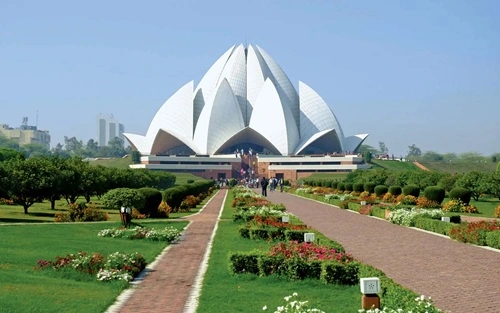
Renowned for its unusual, unique, and dazzling lotus-flower-like architecture, the Lotus Temple is a Delhi landmark and a must-visit place in the city. Originally opened in 1986, it represents unity and purity, therefore advancing the Baháʼí ideas of the oneness of mankind and the oneness of all religions. Open to people of all religions, the Lotus Temple exhorts guests to keep quiet in order to uphold its meditative environment, you know?
Conclusion
There you have it. These are by far the most famous temples in the northern part of the country but don’t forget that there are dozens more that you should definitely visit. But for that, you’d have to dig a little deeper on your own.

